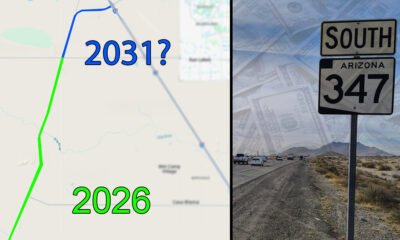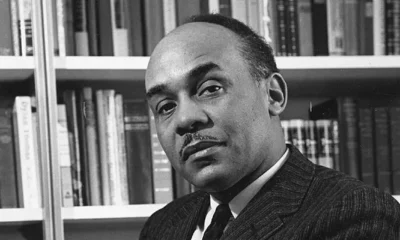history
D-Day: 5 Must-Know Facts That Changed History

On June 6, 1944, the world witnessed a pivotal moment in history: the Normandy landings, part of Operation Overlord during World War II. General Dwight D. Eisenhower addressed the troops, expressing confidence in their courage and skills as they prepared for the invasion.
The term “D-Day” often raises questions, but its “D” has no special significance. The U.S. Army adopted the terminology “H-hour” and “D-day” during World War I to indicate unspecified dates for operations, preserving the secrecy of military plans.
An intriguing aspect of D-Day involved personnel who were privy to top-secret information; they were designated as “BIGOT.” Since September 1943, access to classified documents required an ID stamped with this term, chosen because it was assumed no one would willingly flaunt such a label.
In sheer numbers, the Allied Forces orchestrated a monumental endeavor. A vast armada of 5,000 vessels transported over 150,000 troops and nearly 30,000 vehicles across the English Channel. Additionally, six parachute regiments supplied more than 13,000 paratroopers, using around 800 aircraft.
The invasion originally aimed for June 5, but inclement weather prompted a delay of one day. Eisenhower, after consulting with meteorologists, confirmed the change, ensuring better conditions for the operation.
A crucial figure behind the success at Normandy was Juan Pujol, a Spanish double agent. His early military involvement in the Spanish Civil War left him disillusioned with totalitarianism. He decided to support the Allies by feeding misinformation to the Germans about troop movements leading up to D-Day. His efforts resulted in the Germans overestimating the strength of Allied divisions by 50 percent, significantly impacting the outcome.


















